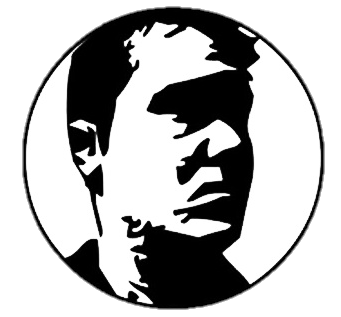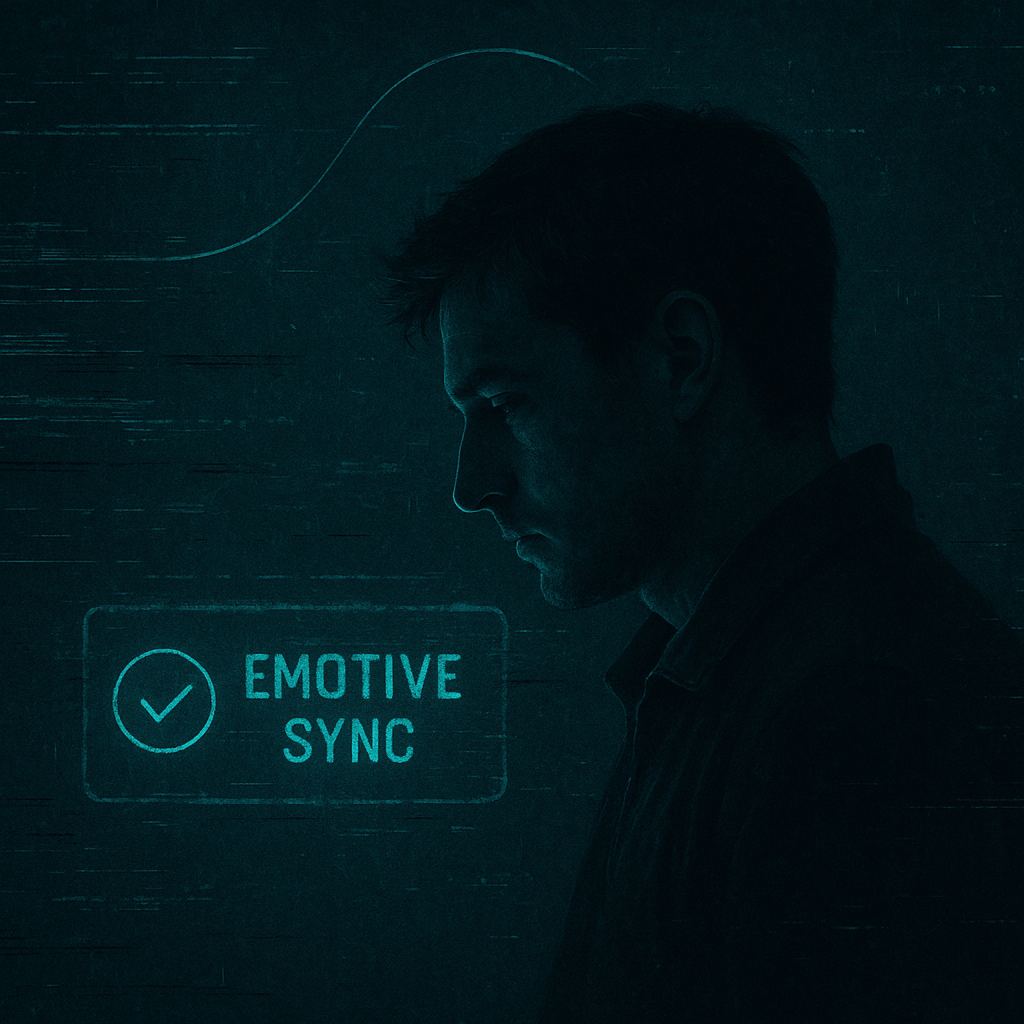When I heard the cue, I didn’t realize it was coming from me.
It was a low harmonic, like a cello being played through a glass of water. Subtle. Beautiful, even. It swelled when I looked at the ad on my feed, a family laughing in a sunlit kitchen, framed in soft focus as the mother placed a pie on the counter. I nearly cried.
I didn’t even like pie.
But I smiled. And in the corner of the screen, just for a moment, a tiny icon pulsed blue: Emotion synced.
They didn’t call them ads anymore. They were called Emotives. Crafted not for your attention, but for your affect. No more selling, no more slogans, just cues embedded in your neural stream, tuned to make you feel correct. That’s what they called it in the manuals. Correctness. Not happiness. Not desire. Just emotional congruence.
They weren’t meant to persuade. They were meant to align.
I was a contract auditor for the Cue Integrity Board, what used to be called “content moderation,” back before content became the bloodstream of the social state. My job was to flag misaligned cues, make sure no one got stuck in a loop of mismatched reactions, errant tone clusters, or delayed sadness. The kind of drift that could cause social erosion if left unchecked.
They called it Echo Drift, when your internal response slipped out of sync with the collective emotion.
I started noticing mine in elevators.
There’d be an update in the newsfeed, an ambassador killed, a glacier breaking apart, a celebrity euthanizing her pet for environmental reasons, and everyone would react in perfect timing. A single sigh through the crowd. A twitch of the jaw. Someone muttering tragic, just soft enough for the rest to feel it without needing to hear it.
And then me.
Standing in the corner, unmoved. Not because I didn’t care. But because the cue didn’t land. Like trying to cry to music in the wrong key.
The Board ran diagnostics. They said I was just tired. That I should take more Reset Loops. Maybe return to one of the Joy Primers for a few days, preferably the one with the sunflower fields and the woman handing out hard candy. That one tested well.
But the more I synced, the less I felt. Or maybe it was the opposite.
I started watching vintage media on an off-grid device I’d assembled from scavenged parts. Pre-cue content. Stuff that still had space between the beats. I found Hogan’s Heroes, stripped of the laugh track. After each joke, there was nothing, just the hum of the studio lights, the faint creak of a camera mount adjusting.
It felt like walking into an empty church.
That’s when I started recording myself. Just little things. What I felt after waking, what I thought of rain, how my hands trembled during music I used to love. The recordings weren’t for anyone else. I didn’t even listen back. I just needed a place to store the things the cues no longer mirrored.
One morning, I woke up before the first emotional pulse of the day. No tones yet. No guidance. No color-coded reactions in the margins of my vision. Just me, in a pale room, unprompted.
And I felt something.
Not joy. Not grief. Not anything I could label in the cue index.
Just something that didn’t need to be shared.
That day, I submitted my resignation. The exit survey asked me to rate the experience on a scale of one to five. I left it blank. The system stalled, confused. It asked again. Then again. Then offered a small joke to lighten the mood, a cartoon overthinker in a whirlpool of context.
I smiled for real.
The cue did not sync.

